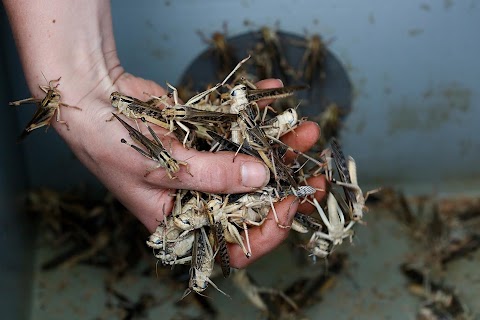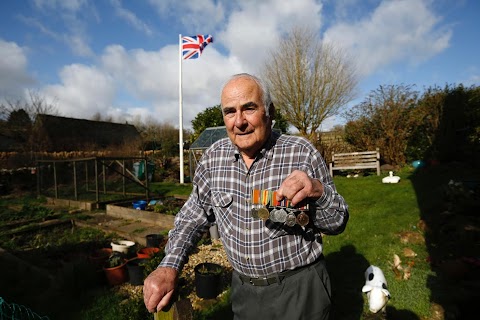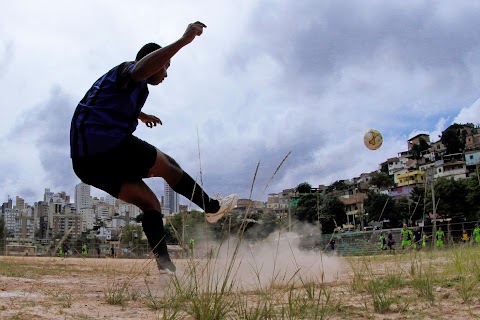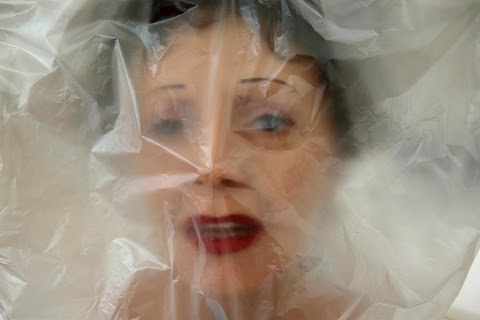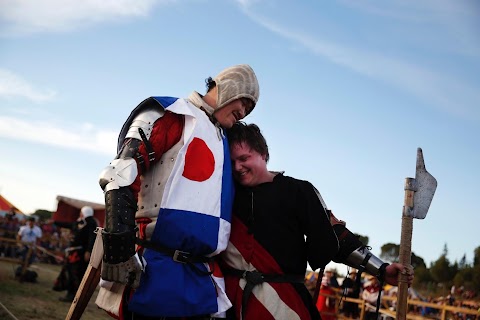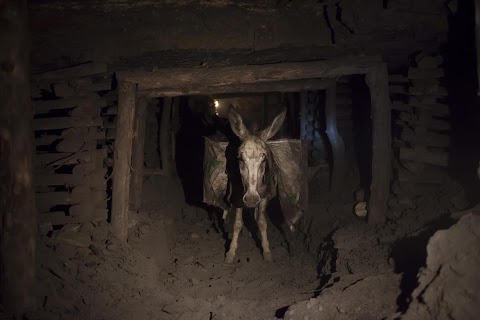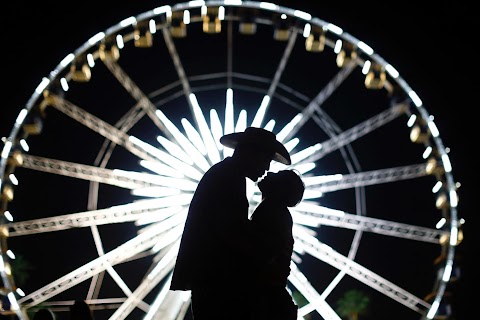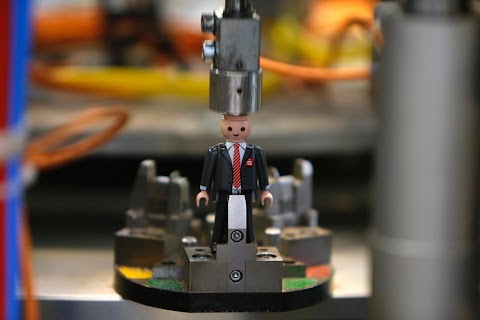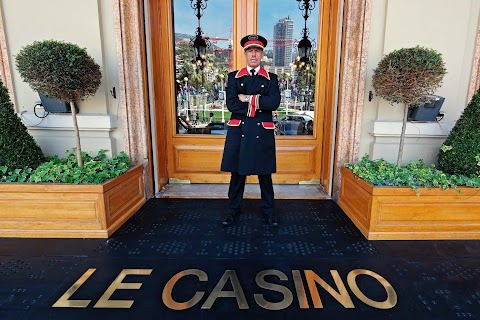
A game of chance
 Eric Gaillard
Eric Gaillard
The legendary Casino de Monte Carlo welcomes thousands of visitors every year to try their luck playing games of chance in its grand Belle Epoque gaming rooms.
Since its inauguration in 1863 the casino has captured the popular imagination, inspiring the 19th century music hall song “The Man Who Broke The Bank At Monte Carlo” as well as appearing in the James Bond films "Never Say Never Again" and "GoldenEye."

A croupier sets up chips, with a value of €200,000 ($274,380) each, at the Casino de Monte Carlo.
Ruled since 1297 by the Grimaldi family, the tiny principality is best known for its casinos, Grand Prix car race, and as the home of the late Princess Grace of Monaco.
Slideshow

Frenchman Roland Ceccotti, the head of valet parking and a doorman, has worked for the casino for 25 years.

Serge Campailla from France has worked at the casino for 22 years.

Cleaner Sylviane Baldini from France poses in the Salle Medecin at the Casino de Monte Carlo.

Customer Service Manager Celine Alberola of France, who has worked at the casino for 14 years, poses with her team.

Page boys Herve Bellone (left) of France and Jeremy Arnoux of Monaco stand in the casino’s atrium.

Chef Thierry Saez-Manzanares who has worked in the casino for 27 years, poses in the Train Bleu restaurant.

Assistant cashier Gregory Francois of Monaco stands in the Salle des Ameriques, also known as Salle de Jeux Garnier.

Casino room manager Eric Ferrus of France has worked at the casino for 35 years and supervises all casino room employees.

Gilbert Luciano of Italy, who is in charge of the cards, has worked at the casino for almost 33 years.

Gaming workshop printer and engraver Eric Schiavetti uses a unique technique to print markings on the gambling tables.

Rene Vitali of Monaco is in charge of cleaning the European gambling tables.

Stephane Matecak poses in the Casino de Monte Carlo workshop.
"I quickly realised that I was a privileged witness of a professional and private world with its own codes and particularities"
Almost nine months after my initial request to photograph inside the Casino de Monte Carlo, the gold-leaf backdrop for fictional British spy James Bond in “Casino Royal,” I was contacted for an interview. Three-months later I received news that I had secured access.
Perched above the Mediterranean Sea to the east of the French Riviera, Monaco is synonymous with the glamour brought by Hollywood actress Grace Kelly, the roar of Formula 1 motor racing cars on the streets of the principality, luxury shops and its famous casino where gamblers win or lose on the spin of the roulette wheel.
The casino operates from two o’clock in the afternoon until six a.m. the following morning. I had access to photograph during the hours when employees prepared for opening. I arrived at seven-thirty to watch as specialised mechanics worked on slot machines in the luxurious Salle Europe, Monaco’s first gambling parlour. During the three-days of shooting, I was escorted from one room to another, to photograph the specialists who contribute to making the experience unique for each and every guest.
I was surprised by the lavishly decorated interior, and greeted by the sound of vacuum cleaners as valets cleaned the gaming tables removing dust and bits of foreign matter that might compromise gambling results. I quickly realised that I was a privileged witness of a professional and private world with its own codes and particularities. Two flights down, I entered the currency exchange room “Photography forbidden,” but was allowed to watch as suitcases with chips and metal plates, the highest valued at €200,000 ($276,400), are prepared. I was at a loss for words.
I learnt that there are seven craftsmen, including one working on tapestry and embroidery who, along with a cabinet-maker, construct and maintain the gambling tables. Technicians test the level and balance of the roulette wheels and inspect the white balls for defects. Dice are checked to ensure they meet the casino’s standards. I met the playing-card handler who each day verifies decks of cards, and visited the room where 36,000 packs of cards are stored at 20 degrees Celsius, like a fine, vintage wine.
For three, highly charged, days I was escorted from room to room, and met employee after employee, often having to wait for a supplementary authorisation due to security and confidentiality – just to take a simple portrait. All the time discovering a world that remains sheltered from the public eye.
I discovered the “morgue”, where the casino parking valets rest, was previously to used store the bodies of desperate gamblers. Those who on losing their fortune killed themselves with a pistol shot, while still seated at the gaming tables.
Then the croupier announces as the gamblers huddle around the tables watching as the roulette wheel turns, “Les jeux sont faits….. rien ne va plus…..”

A Ferrari is parked in front of the Casino de Monte Carlo. The casino is owned by the Société des bains de mer de Monaco, the state’s biggest employer.


